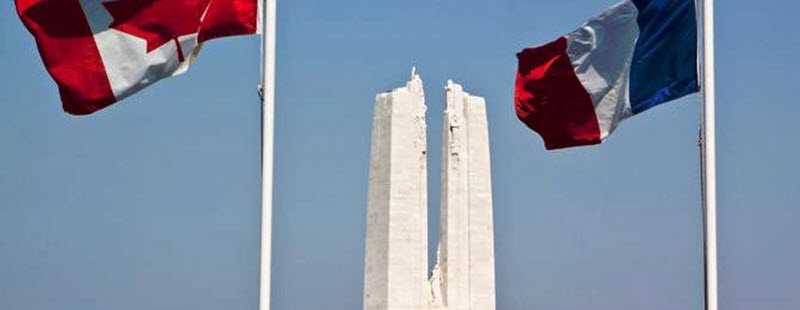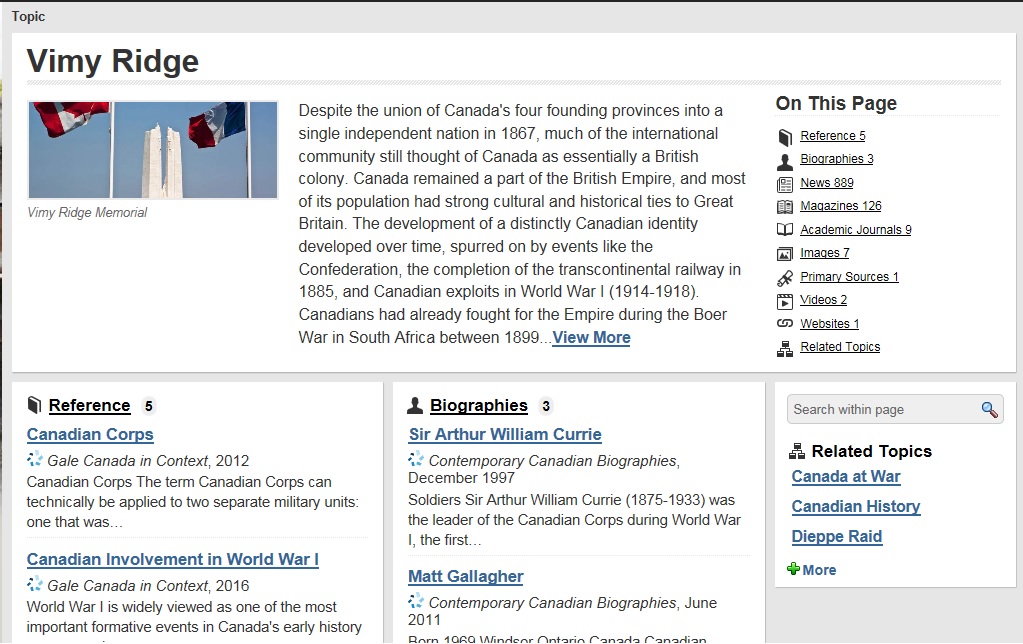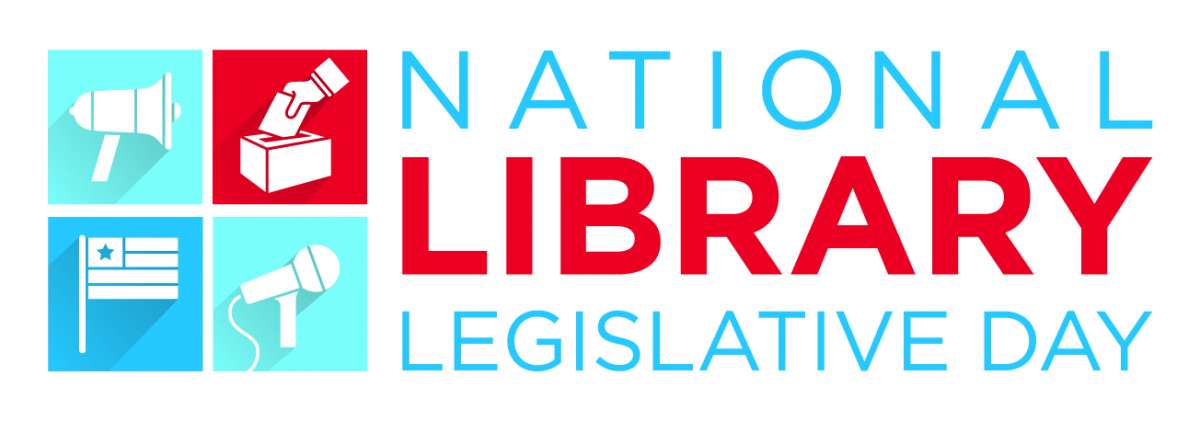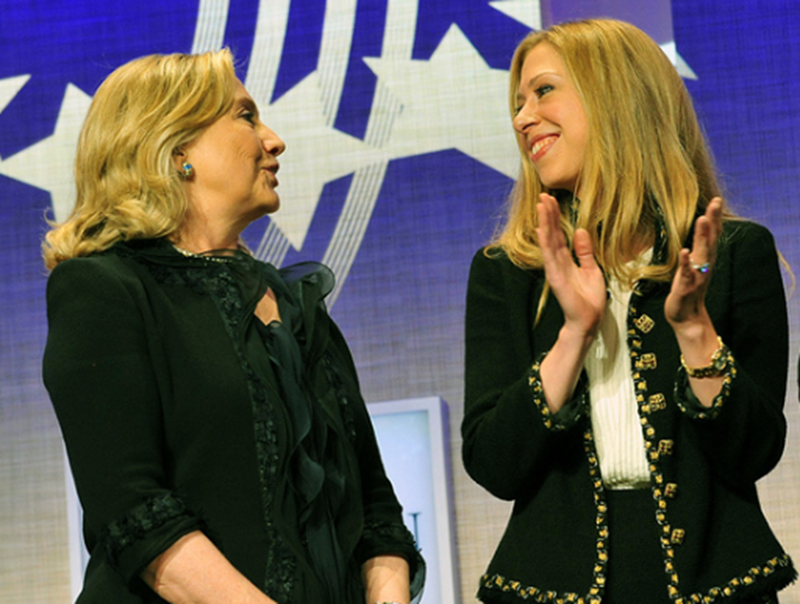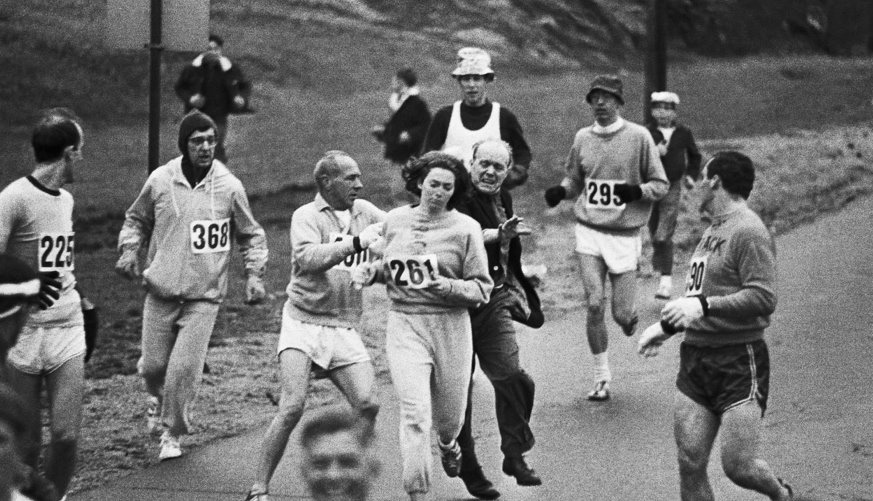| By Traci Cothran |
Throughout 2017, Canada is commemorating the 100th anniversary of the WWI Battle at Vimy Ridge (France). It was a seminal event in Canadian history—a fierce battle against the German forces, which resulted in heavy casualties, including the loss of 3,598 Canadian soldiers and some 20,000 Germans, with tens of thousands more wounded. Remarkable as it was, this victory against the Germans wasn’t solely a battlefield feat; because the Canadians prevailed where French had failed many times (at an enormous loss of life) and paved the way to Allied victory, the event helped unify Canada, and solidify its independence in the international community. Commemorative events are planned throughout Canada, as well as in France.

